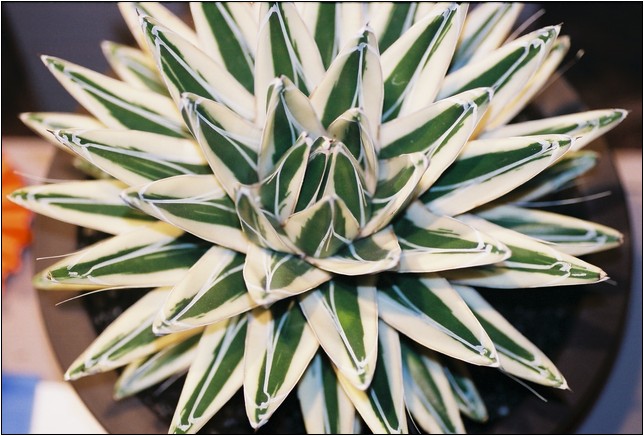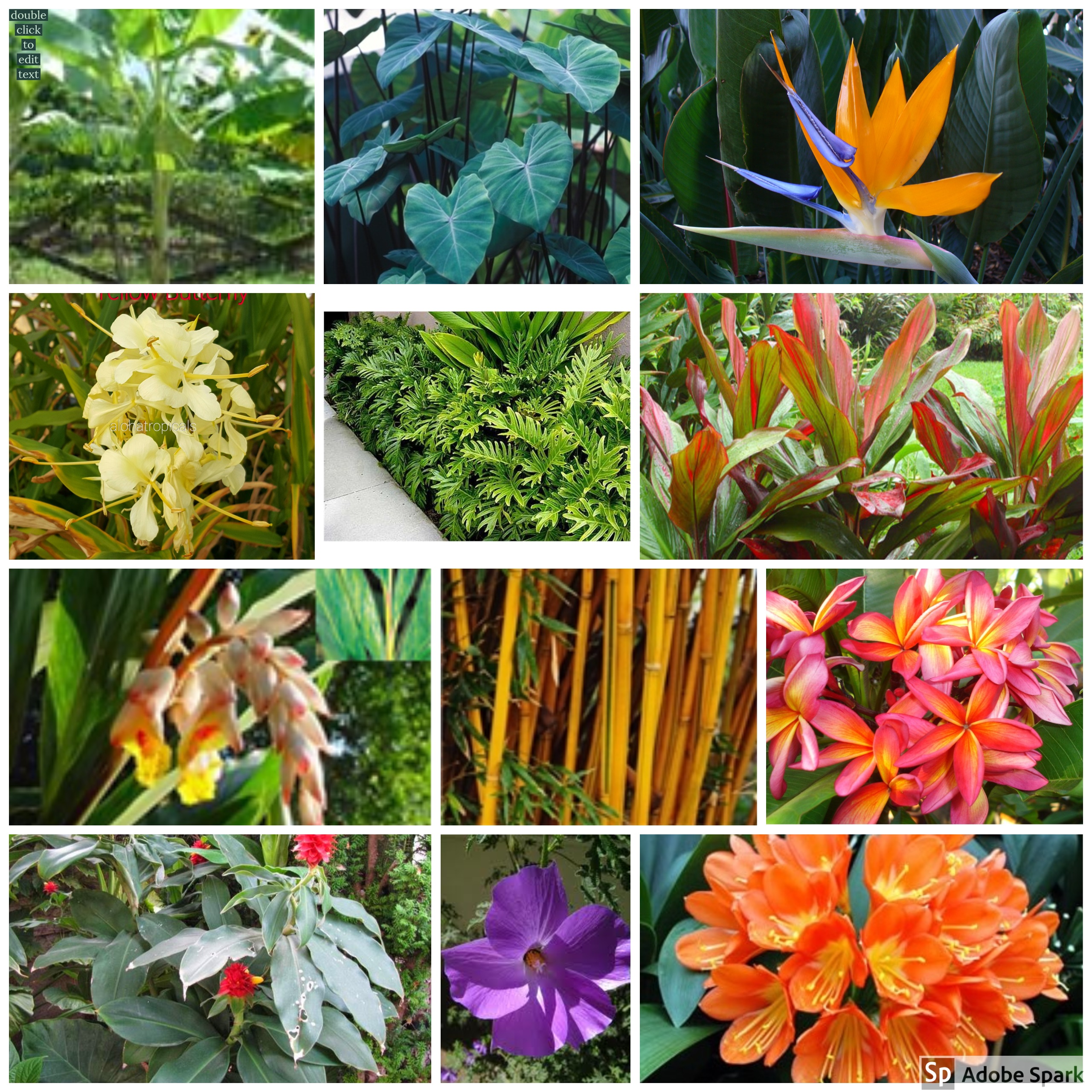Table Of Content
Is it easy for you to forget important tasks like watering your plants? If so, a drought-tolerant variety such as the ponytail palm or spider plant might be ideal for you. On the other hand, if the thought of playing barkeeper and misting green leaves sounds fun to you, then consider moisture-loving species such as ferns or peace lilies. Calatheas are commonly sold as houseplants, as they prefer more temperate climates and don’t like direct sun exposure.
How to Take Care of a Tropical Plant

For long-lasting flower power, you can’t go wrong with orchids. There are so many types of flower colors and shapes, but the stunning beauty of the tall or cascading stems makes them good houseplants. As their name suggests, African violets are native to Africa, specifically from the tropical rainforests on the border between Tanzania and Kenya.
Philodendron
7 Keys to Helping Your Tropical Plants Survive Indoors for the Winter - Lancaster Farming
7 Keys to Helping Your Tropical Plants Survive Indoors for the Winter.
Posted: Tue, 03 Oct 2023 07:00:00 GMT [source]
Incarnata Alba is a variety with pure white flowers that is cold hardy down to Zone 6. This Asian native has become a staple in many of the most noteworthy culinary circles. It has many health benefits as an ingredient, so growing it as an edible makes this an extra special plant. Ginger plants grow from rhizomes, the edible portion of the plant. The leaves are tall, flat, and ovate, and sometimes variegated.
Fiddle Leaf Fig (Ficus lyrata).
It will remain un-branched until it begins to flower, where it could produce two large heavy branches on both sides. Fairy dusters are ideal for those who want a drought tolerant ornamental shrub. It can be planted in a pot as a bonsai to be placed indoors or it can be planted outdoors. It has feathery and light green foliage that’s accented with pale pink flowers that blooms in late winter until mid summer. Exotic tropical house plants can help to make your house to stand out. Below is a list of the best exotic tropical house plants that are easy to grow.
Light Requirements For Tropical Indoor Plants.

You'll want to give brightly colored aglaonema more light to keep their showy look and speckled patterns. We love houseplants for the way they can change the mood of a room. Succulents and cacti can create a desert-inspired feel, while trendy, multicolored plants add contemporary charm.
"There are multiple types of boxwood available, depending on your needs," says McEnaney. "Because of their year round foliage, boxwoods allow gardeners up to zone 4 and 5 to have colorful entryways, even in winter." You should water from the top when the first half inch of soil has dried out,' says Julie. 'It is also helpful to keep the moss pole moist if the plant is growing on one,' she adds.
"Hydrangeas are classic flowers that most people know and recognize, making it a welcome entrance plant, and the lacecap flowers add a bit of extra intrigue." These plants grow quickly and are remarkably easy to propagate, making it a great choice for beginners. Tenielle is a News Writer in the Gardens team at Homes & Gardens with five years of journalistic experience.
10 House Plants That Clean the Air - Today's Parent
10 House Plants That Clean the Air.
Posted: Thu, 29 Feb 2024 08:00:00 GMT [source]
Fishtail palms are popular indoor plants because they tolerate low light levels well. The Ficus tree is a large, evergreen that may reach a height of up to 50 feet. It has broad, dark green leaves with pointed tips that are oval-shaped. Ficus trees are popular for their ornamental value and are frequently used in bonsai cultivation. They also make good indoor plants because they tolerate low light levels well. The Yucca plant is a garden and house plant that will be quite happy with receiving so much sun.
Heartleaf philodendron.
A Pilea plant looks cute and quirky but is easy to care for her. It’s a great choice for a young, fun person who is always on the go. These plants propagate very easily for anyone who likes their collection to keep growing. These plants are often known as “corn plants” because they feature thick stems and long, narrow leaves.
They look and feel like rubber, and this is why it has this name.It grows well indoors and in warm countries also outdoors. It can look great on a work desk, where it can add a decorative touch while at the same time lighten the mood with its playful look. But some are green, while others are of the most striking and convincing copper color ever! More than as a houseplant, you should treat philodendron ‘Prince of Orange’ as a living sculpture. Pothos (Epipremnum aureum) has to be one of the easiest houseplants to own and are especially good for beginner gardeners. They are almost indestructible, relying on the occasional bit of water to survive.
The most common type of pothos is the Pothos scandens, which is a vine that can grow up to 20 feet long. Pothos are popular indoor plants because they tolerate low light levels well. This tree is native to Norfolk Island and can grow up to 100 feet tall. The Norfolk Island pine has long, slender leaves that are arranged in a spiral pattern. It is a popular indoor plant because it tolerates low light levels well.
She studied BA Journalism, Media and English Literature and MA Magazine Journalism at Cardiff University. Before coming to Homes & Gardens, Tenielle was in the editorial department at the Royal Horticultural Society and worked on The Garden magazine. She is passionate about sustainable living and likes to encourage gardeners to make greener choices to help tackle the effects of climate change with a trowel in hand. Tenielle is also a houseplant lover who is slowly running out of room for her ever-growing collection. If you're looking for something easier to care for, discover our expert list of the best low-maintenance indoor plants.
It can reach a height of around 4 feet and looks spectacular while displaying intense shades of blue and orange. You can also grow the giant bird of paradise if you prefer a larger specimen. “The easiest orchid to grow in the home,” according to the Missouri Botanical Garden, this winter-blooming type is one of the houseplants that need no soil.
In the Bromeliad family, many different types of colorful plants can be grown indoors with some success. Watch out for the spikey-leaved ones and instead go for the Guzmania or Vriesea species as houseplants because they are thornless yet lovely and colorful. These South American tropical plants need light to thrive but not so much that the leaves become scorched. Regular water and a balanced fertilizer will keep them looking their best.
With shiny, heart-shaped green leaves and blooms ranging from pink to deep red, anthurium is the perfect tropical to add a pop of color to your houseplant collection. Like many humidity-loving tropicals, they make great bathroom plants. In fact, they’re probably one of the easiest to grow on this list. You can fertilize it every few months for best results and beautiful colors.
Bromeliads can come in shades of pink, orange, yellow, and red, with the most famous variety being the pineapple. Bromeliads love humid conditions, so consider spritzing your bromeliads with a spray bottle regularly. You are most likely to find a Money tree in garden shops having its several stems braided into one trunk. At the top of the eye-catching false trunk, a spray of palm-shaped leaves makes its appearance, providing a superb overall picture. The coolest part of growing a Money tree as a bonsai is that it will keep its size at minimum levels, which suits the indoor landscape uses best. Golden pothos is, without a doubt, one of the friendliest houseplants you can have around.

No comments:
Post a Comment